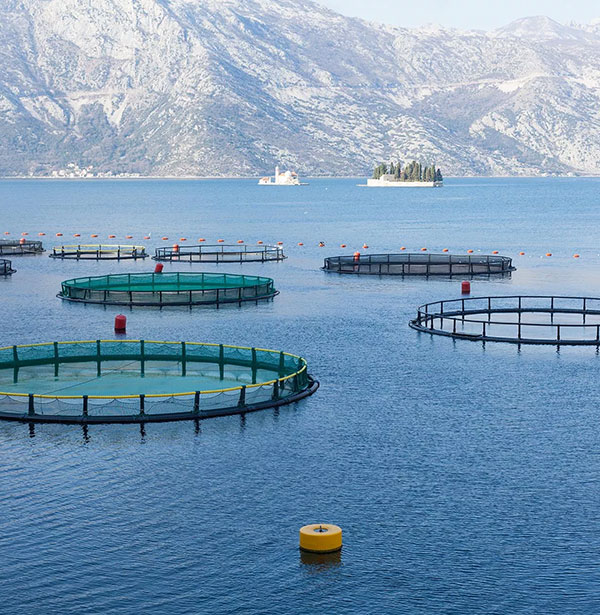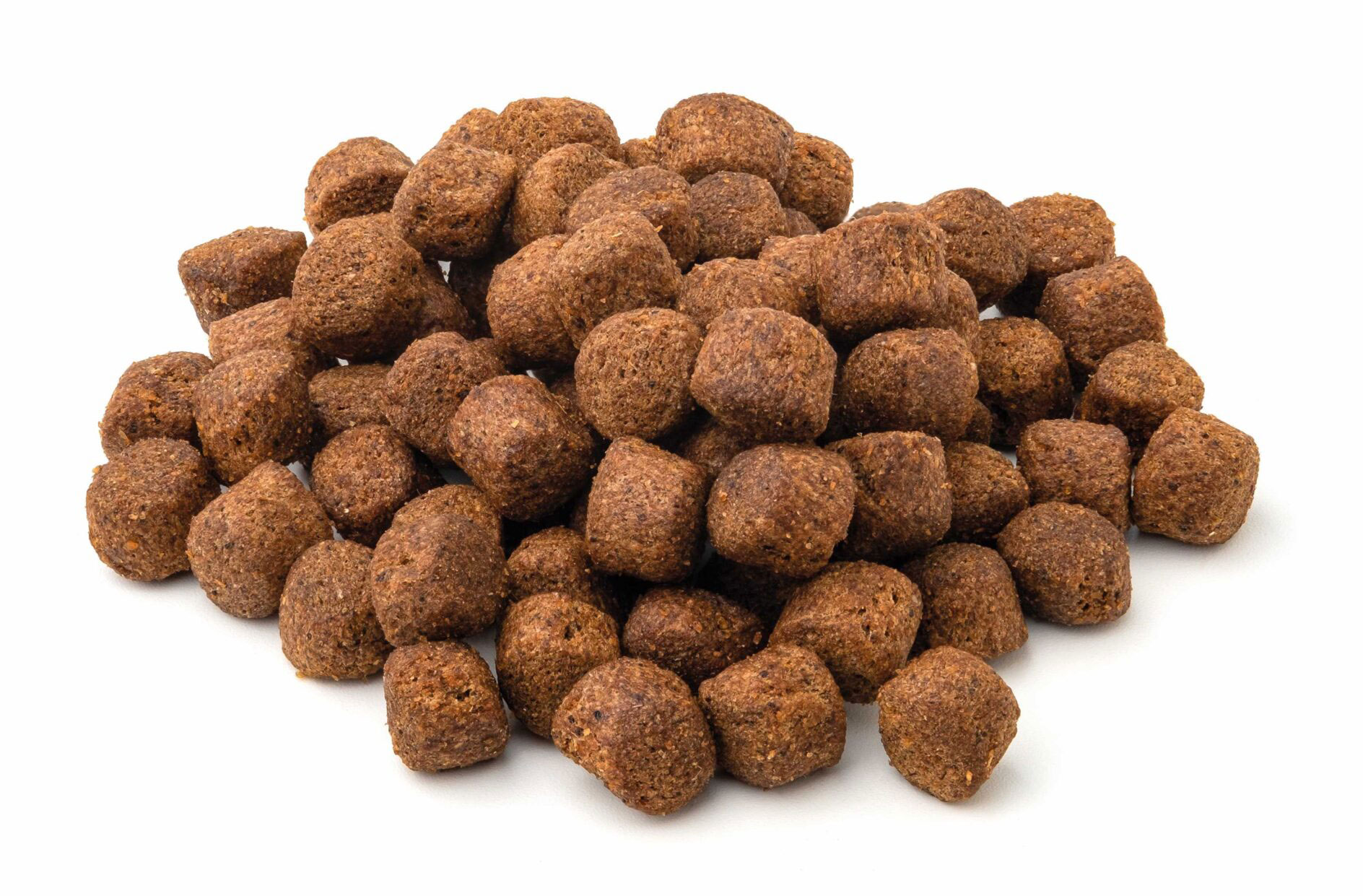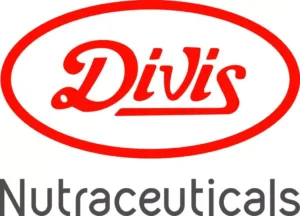
ASTAXANTHIN FOR AQUACULTURE
Astaxanthin is a naturally occurring oil-soluble red carotenoid pigment found primarily in aquatic animals. The oleoresin is used in both human nutrition applications and animal feed.
In the field of aquaculture, astaxanthin plays an important role in enhancing the pink flesh color of farmed salmon, making it more attractive to consumers. Astaxanthin also provides increased growth and survival, increased ovary development, fertilization, hatching and larval development in salmon and other farmed fishes. In shrimp, it can increase growth and immune response.
DIVI’S SYNTHETIC ASTAXANTHIN FOR AQUACULTURE
Divi’s is the world’s leading manufacturer of feed-grade astaxanthin.
Divi’s offers astaxanthin as beadlets and suspensions in a range of concentrations to meet varied application requirements. Our microencapsulation technology provides extrusion stable beadlets and ensures that the astaxanthin is bioavailable for pigmentation.

A Range of Colors for Every Need
Depending on the market in which you want to sell your products, consumer perception and expectations in terms of color will vary greatly. By using our astaxanthin and canthaxanthin products, you will be able to achieve any requested color, from light to dark salmon pink.

This website does not guarantee an exact rendering of colors with respect to the final product. Please contact us for an accurate color reference.
Salmon and Trout
Astaxanthin is an essential nutrient for salmon and trout to stay healthy and disease free. Fishes are unable to synthesize astaxanthin on their own, which means they require it through dietary intake. In the wild, salmonids consume algae, yeasts and bacteria that contain astaxanthin. In aquaculture farms, astaxanthin is provided through feed fortification.

Shrimp
In shrimps, astaxanthin is responsible for the orange-red color after cooking.
Astaxanthin is a red pigment that belongs to a group of chemicals called carotenoids. In raw shrimp, astaxanthin forms a complex with proteins, called crustacyanin. This gives a blueish-grey color to the raw shrimp.
As soon as shrimps are put in boiling water, their protein wrapping uncoils because these protein chains are not heat stable. This leads to the uncovering of astaxanthin molecules, which results in an orange-red color.

Influencing Factors on Pigmentation
Many factors influence the pigmentation and final color of fish flesh:
Astaxanthin addition levels
Stability of astaxanthin beadlets
Extrusion conditions (T, p, t, pellet size)
Feed composition (omega-3 oils, blood meal)
Antioxidants in feed (BHT, EMQ, …)
Environmental impact (water temperature, sunlight, etc.)
Fish health
Divi’s is conducting experiments in collaboration with the CRIA (Center for Research and Innovation in Aquaculture) in order to measure these various parameters and collect data ranging from the health of the fish to the final color.
Contact our experts for more information.
Divi’s Astaxanthin Portfolio
Animal Nutrition Products
Active ingredient: nature-identical (synthetic) astaxanthin
Product forms: water-soluble microencapsulated beadlets, suspension


